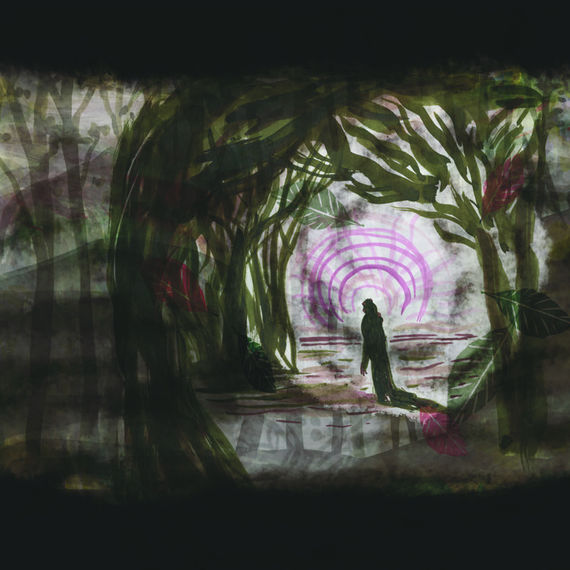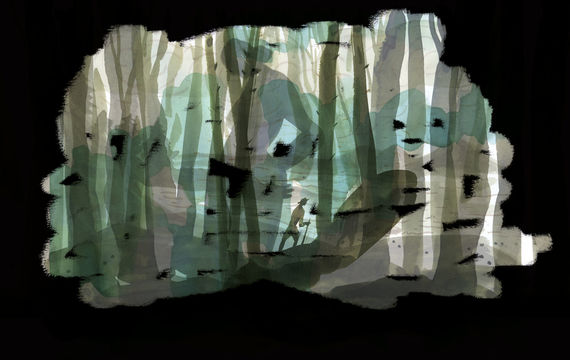The characteristics of the literature of the Modern Breakthrough are, in principle, the same as those of the international realism moving into naturalism, yet the term was widely known in Denmark and by extension in Norway and Sweden as well.
Writer of the Modern Breakthough
The most prominent Norwegian writer of the Modern Breakthrough was Henrik Ibsen. His play Et dukkehjem (A Doll’s House, 1879) is a sharp attack on marriages in which the woman is seen as an empty being, suited only to being kind and attractive. In Gengangere (Ghosts, 1881), the hypocrisy of powerful figures haunts their descendants, whilst several holy houses don’t collapse but burn down. En folkefiende (An Enemy of the People, 1882) features a man who discovers the pollution of the supposedly healing water of the local spa. A discovery that did not earn him praise, as he was endangering the source of the town’s income, which was apparently more important than the health of their unwitting fellow residents.
Deeply human themes
Ibsen’s plays were marked not only by social critique but also by the development of characters as multi-layered, complex and thus very realistic individuals, a symbolic or metaphorical layer which literary scholars have been crazy about for many years, and the unflagging relevance of his theme. 150 years after they were written, many of his works are still being performed, and the often deeply human themes he addressed remain of great relevance today. At the time when it was written, his Peer Gynt (1867) was quickly declared the greatest work of Norwegian literature. The quest for the Self, the goal of the right path for one’s own life, the difficult balance between ‘being yourself’ and ‘being for yourself’ and the consequences thereof – who would dare claim that Peer Gynt has lost any of its relevance?
Travelling to Africa, the Middle East and Egypt are perhaps a bit easier today than in 1867, but exotic adventures certainly continue to speak to our imagination. It even reminds us of an Instagram generation that is exploring every corner of the earth, but at the end of the trip, existential anguish still makes us feel like a nobody, just like Peer Gynt.
Written by Joksie Els Biesemans


